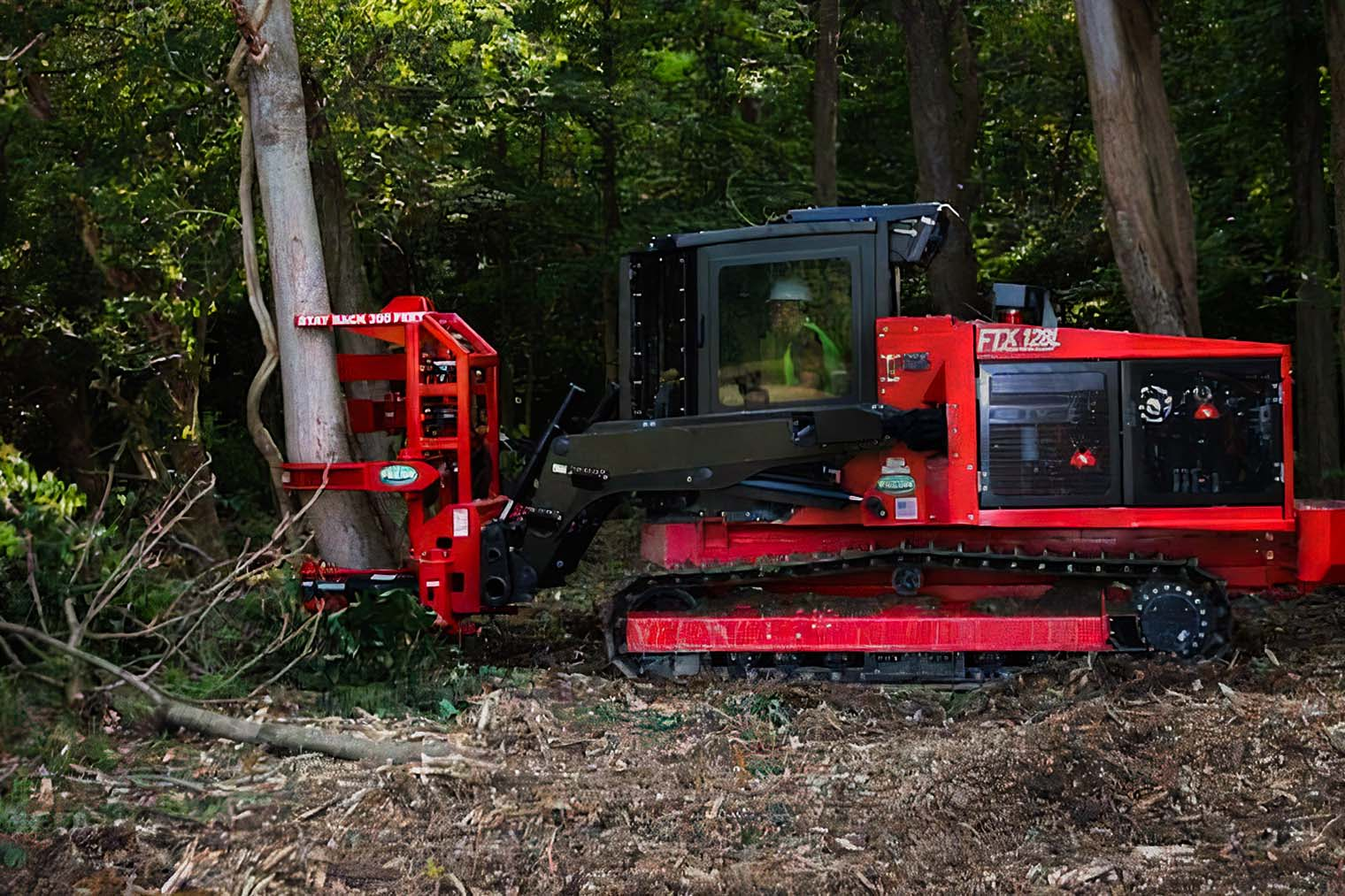
A tree stump doesn’t look dangerous at first. It just sits there. But leave it long enough and it becomes a headache. It blocks new planting. It bends mower blades. It even turns into a home for bugs you don’t want.
Here’s the good part. That same stump that causes trouble can actually help the land, if handled the right way. And that’s where stump grinding changes the story.
Stumps Hang Around Too Long
Cutting down the tree feels like a big job. But the part that’s left behind? That’s the stubborn one. Roots grip the soil like they never want to let go. Some stumps even try to grow back. Others just sit and rot, slowly releasing carbon into the air.
Burning gets rid of it, but it fills the air with smoke. Digging works, too, but it tears up more ground than you want. Grinding, though, it chews the stump into pieces and leaves you with mulch you can actually use.
Grinding made simple
The grinder is straightforward. A heavy wheel with sharp teeth spins fast and bites into the wood. Bit by bit, the stump disappears below ground level. No giant hole left behind, no hauling heavy logs.
And what’s left? Chips. Piles of them. But these aren’t just scraps. They keep soil cool, lock in moisture, and stop weeds from taking over. You don’t throw them away, you spread them across gardens, flower beds, or play areas and watch the land thank you later. Even small amounts of mulch make a difference over time.
Machines that matter
Land work is not about raw power anymore. It’s about smart tools. A skid steer with a tree shear can cut down small trees before they even become stumps. Pair that with a grinder, and you’ve got a smooth process instead of a backbreaking one.
It’s faster, cleaner, and uses less fuel. Which means less time wasted and fewer machines hauling junk away. The job gets done, and the land is ready for its next use, whether it’s new planting, landscaping, or park maintenance.
It’s not only about clean fields
Sure, stump grinding makes a farm or worksite look neat, but the real win is in what it does for the bigger picture. Grinding keeps carbon out of the air by breaking down stumps into mulch. That mulch then feeds the soil instead of letting the stump rot in place.
It’s recycling in the simplest form. One stump becomes material for the next cycle of growth. It’s a small act that adds up when done across multiple acres or neighborhoods. It’s sustainability without complicated processes, just smart land care.
Safer spaces for people
Think about local parks or trails. A hidden stump can trip a runner. It can mess with lawn equipment. It can just sit there, ugly and in the way. Grinding clears it, but it also leaves behind chips that can be spread across flower beds or paths.
So a hazard becomes something useful, almost like flipping the problem inside out.
Progress in the machines
Years ago, grinding was loud, slow, and tough on the operator. Now? New designs make it quicker, quieter, and easier. Less fuel. More safety. Better results. Some grinders are even compact enough to handle backyard projects while still powerful enough for larger parks or public spaces.
That’s why people across farming, forestry, and even construction count on grinders. Not just for tidying land but for making it ready for whatever comes next, be it planting, recreation, or new developments.
Small change, bigger impact
One stump doesn’t look like a big deal. But hundreds of them across farmland, parks, or cleared plots? That’s a lot of wasted space and a lot of carbon floating up as they rot. Grinding flips that. It turns obstacles into resources and keeps the land healthy.
It’s not flashy. It’s steady, practical work. And that’s what makes it important.
Closing thought
A stump feels like the end of a story. But stump grinding shows it’s the start of another. Mulch feeds the soil. Land becomes safer. The air stays cleaner.
It’s proof that even the toughest leftovers can still have value. With the right tools and approach, what looks like waste can become a resource. And that’s the real power of smart land care.







